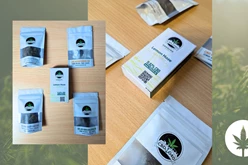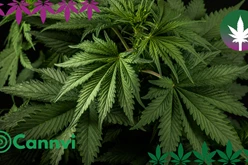The use of hemp dates back to early human history and spans various cultures and eras. Thousands of years ago, people recognized the diverse possibilities of this plant and integrated it into their daily lives. In many ancient civilizations , hemp played a central role in various aspects of human life.
In China, for example, hemp has been cultivated since around 2800 BC. Used for the production of textiles . The Chinese valued the fibers of the hemp plant for their longevity and versatility. Hemp textiles were particularly robust and suitable for making clothing and ropes.
Hemp also played an important role in ancient Egypt . Archaeological finds show that the Egyptians used hemp to produce ropes, textiles and paper. The famous death masks and mummy bandages were also made from hemp fibers .
In ancient Greek culture, hemp played an important role in medicine. The famous physician Hippocrates mentioned hemp as a means of relieving pain and other ailments. The seeds of the hemp plant were also a valued food and were used in the diet of the ancient Greeks .
During the Middle Ages , the cultivation of hemp spread across Europe, and its use extended to areas such as agriculture, medicine and textile production. Hemp was an important raw material for the production of canvas, rope and clothing. In many regions of Europe, the cultivation of hemp was even required by law.
The discovery of the New Continent by European sailors in the 15th century led to hemp being introduced to America . The colonists used hemp for similar purposes to their European ancestors, namely to make rope, canvas and textiles.
Overall, the early use of hemp shows how this versatile plant has played a central role in various cultures and societies over the millennia . From textile production to medicine to agriculture , hemp has an impressive history of human use.



.png?h=64&w=200&mode=max&scale=canvas&format=webp&autorotate=true)












.png)